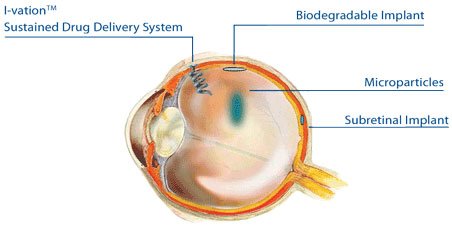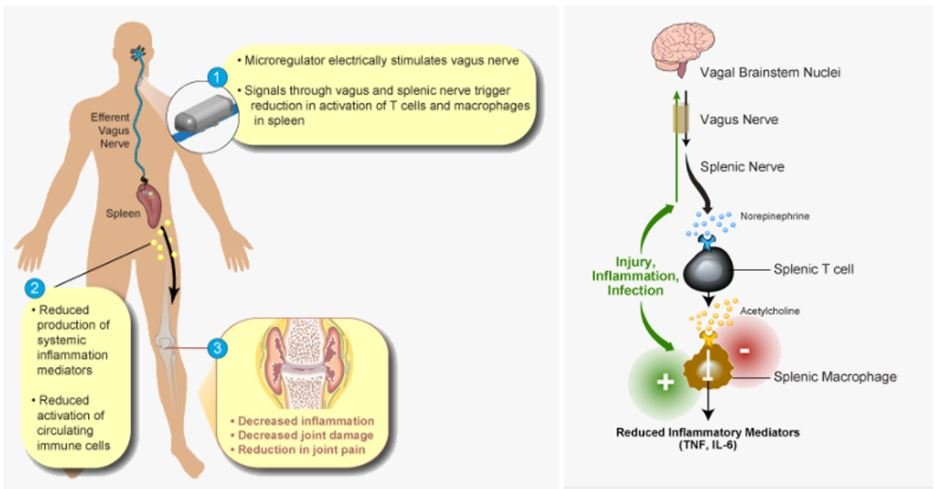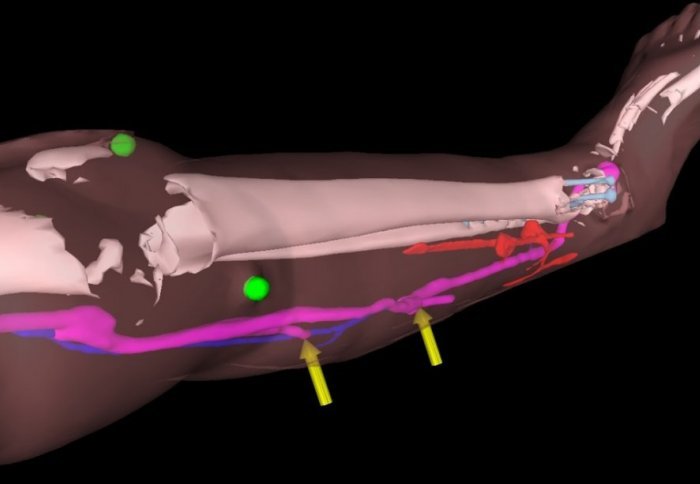Technology has also brought wonder, and practicality to the world. The word stems from the Greek “techne” which means “craft” or “art”. When painters living during Renaissance, looked for a better painting system, they discovered the technique of “fresco”. Using their imagination and all the knowledge available at the time, hey were reinventing and improving existing technologies, to solve a practical issue. Every era, brings with it new challenges that imply the application of scientific knowledge for practical purposes, especially in industry.
This year has brought some interesting technological developments across a range of fields, and many of these have the potential to significantly change our lives in the future. The World Economic Forum recently identified those that they believe are most compelling , based on expert input . Here are the top ten emerging technologies of 2018:
1. Enhancements to digital helpers – digital aids are improving through the application of artificial intelligence. Tools like Alexa and Siri are becoming more sophisticated but there are other ramifications of these developments, such as using this technology to solve far more complex and difficult problems.

2. Molecular design led by artificial intelligence – artificial intelligence is also being increasingly deployed in the field of molecular design. This is a field where in which you must tackle two challenges: figuring out the correct chemical structure for the substance and determining which chemical reactions will link up the right atoms into the desired molecules or combinations of molecules. Artificial Intelligence can help with that. Molecular design led by AI beneficial for introducing new and more effective medications faster by using AI to identify patterns and to deduce what will and will work in helping patients.
3. Lab-grown meat – significant developments have been underway to grow meat in the lab from cultured cells. This would bring great environmental benefits if it could be achieved at scale, as the costs of producing meat are very damaging to our Earth. There is some work to be done on achieving the right taste, but development has been very positive in this area.
4. Personalised medicine – technology is allowing medicine to become more personalised by using diagnostics to identify a person’s likelihood of succumbing to a particular disease. This is already being used for certain types of cancers and could be used for other diseases like Alzheimer’s and Parkinson’s too. The following video, explains more about personalised medicine.
5. Implantable drug making cells – remaining with the theme of medicine, one recent advancement has been to find ways to introduce medication-releasing implants more effectively such that they are no longer attacked by the person’s immune system by using cells to achieve this. This has important ramifications for the treatment of numerous conditions such as diabetes, cancer and cardiovascular disease.

6. Electroceuticals – it has been a good year for technological advancements in the medical field. Electroceuticals are being developed that will allow the treatment of medical issues using electrical impulses. Electroceuticals are a new category of therapeutic agents which act by targeting the neural circuits of organs. The therapy involves mapping the neural circuitry and delivering neural impulses to these specific targets. The impulse is administered via an implantable device. In cardiology besides pacemaker, defibrillation and resynchronization applications it could have usefulness in heart failure, atrial fibrillation, coronary artery disease, myocarditis, resistant hypertension, atrial and ventricular tachyarrhythmias, pulseless electrical activity, and refractory angina.This could bring benefits for those with heart disease, some forms of arthritis and for migraine sufferers.

7. Plasmonic materials – Plasmonic materials are metals or metal-like materials that exhibit negative real permittivity. Most common plasmonic materials are gold and silver. However, many other materials show metal-like optical properties in specific wavelength ranges. These work to manipulate electron clouds and light at the nanoscale and have interesting benefits. Advantages include increasing the sensitivity of biological sensors and raising magnetic memory storage. There are medical opportunities arising from these such as in the treatment of cancer.
8. Augmented reality – while AR is not new, it has made significant technological leaps and bounds this year and shows excellent potential for increased use in daily life. For example, it could be used to make surgery easier by allowing better visualisation in 3D of a person’s tissues. In a recent experiment done by a team at Imperial College London at St Mary’s Hospital, researchers have shown for the first time how surgeons can use Microsoft HoloLens headsets while operating on patients undergoing reconstructive lower limb surgery.Using augmented reality in the operating theatre could help surgeons to improve the outcome of reconstructive surgery for patients.

9. Algorithms for quantum computers –Quantum computers are designed to outperform standard by running quantum algorithms. Areas in which quantum algorithms can be applied include cryptography, search and optimisation, simulation of systems and solving large systems of linear equations. Quantum mechanics are hugely beneficial in solving problems over regular computers, but breakthroughs have been made in academia to improve quantum software. This could have tremendous benefits in the design of materials.
10. Gene drive – scientific and technological development has brought about the ability to use CRISPR gene editing. CRISPR is a new area of biomedical science that enables gene editing and could be the key to eventually curing diseases like autism or cancer. This allows precision insertion of genetic material into points on chromosomes, which is beneficial in helping to fight against disease. If you want to know more about this exciting new technology, in the following video, done by WIRED biologist Neville Sanjana explains the concept in a simple and also complex way.
TechnologyHQ is a platform about business insights, tech, 4IR, digital transformation, AI, Blockchain, Cybersecurity, and social media for businesses.
We manage social media groups with more than 200,000 members with almost 100% engagement.







































